Provocative Branding: Does Shock and Awe Belong in Marketing?
In the incredibly exciting world of marketing, the name of the game is standing out from the crowd (duh!). But how much is too much when it comes to grabbing your audience's attention? Enter provocative branding, the art of making a statement by pushing the boundaries of the ordinary. It's like the maverick (less Goose) of marketing, shaking things up and leaving a lasting impression. But, like every rebel, it comes with its own set of pros and cons. Let's dive into the world of shock and awe in branding and see if it's a good match for your brand.
The Power of Shock Value
Some brands have truly mastered the art of shock value, using it to create unforgettable campaigns that hit home with their target audience. Shocking ads can stir emotions, ignite conversations, and etch the brand's message deep into our minds.
Take Benetton, for example. This fashion brand has never shied away from controversy. Their "United Colors of Benetton" campaigns have tackled social and political issues head-on. These ads force us to confront reality, sparking discussions about important topics. While it might not be everyone's cup of tea, it sure leaves a mark.
Burger King is another brand known for its daring moves. They've taken on the big players in the fast-food industry with provocative ads. From "The Moldy Whopper" campaign that showed their burger aging over time, highlighting their commitment to removing artificial preservatives, to ads poking fun at their competitors, Burger King knows how to make an impact.
The Risks of Going Too Far
Let's talk about the flip side. Shocking campaigns can backfire if not executed carefully. If your message is too controversial or goes against your brand's image, you might alienate your audience. It's a bit like walking a tightrope – one step too far, and you might tumble.
Pepsi learned this the hard way with their "Live for Now" ad featuring Kendall Jenner. The ad aimed to address social issues and bring people together but ended up trivializing important protests. The public backlash was swift and strong.
Gillette also faced a storm of controversy with their "The Best Men Can Be" campaign. While the intention was to challenge toxic masculinity, it was seen by some as an attack on all men. The campaign alienated a portion of their customer base.
Strategies for Successful Provocative Branding
So, how can your brand leverage shock and awe without ending up in hot water? Here are some strategies:
Know Your Brand: Ensure that the provocative message aligns with your brand's values and image. It should feel like a natural extension of what your brand represents.
Understand Your Audience: Provocative branding doesn't work for everyone. Know your audience, their values, and what will resonate with them. Tailor your message accordingly.
Choose the Right Platform: Consider where your message will be seen. Social media, for instance, could be more forgiving of provocative content than a traditional TV ad during a family show (but watch out for the keyboard warriors).
Be Ready for Backlash: Not every campaign will be a hit. Be prepared to handle backlash, and respond with grace and empathy. A well-handled controversy can sometimes turn in your favour.
Is Provocative Branding Right for You?
So, is there a place for shock and awe in marketing? Absolutely, but it's not for every brand. If you're ready to embrace the controversy, make sure it aligns with your brand's values, understand your audience, and choose the right platform. Shock value can create waves in the marketing world, but remember, tread carefully on that tightrope of provocation. One misstep, and it might be a hard fall.
